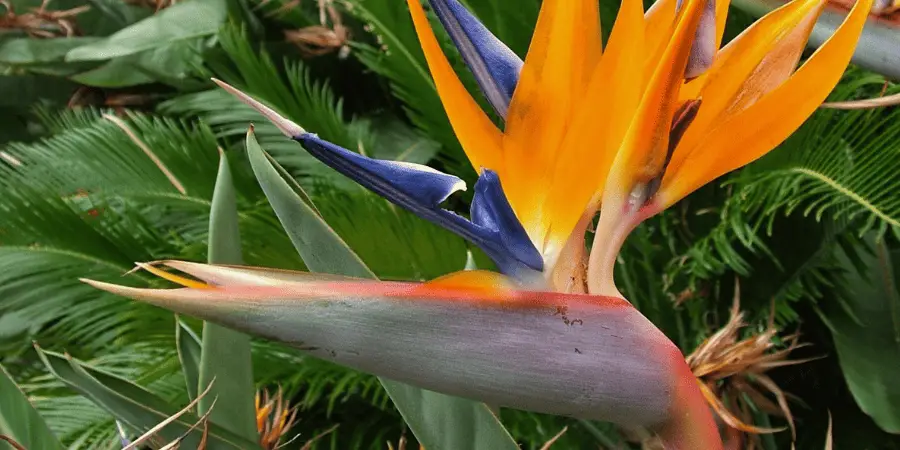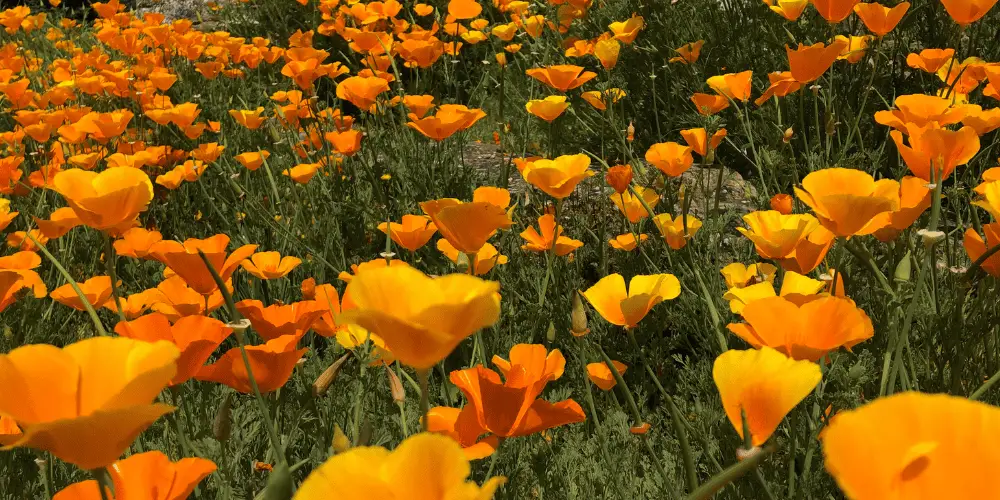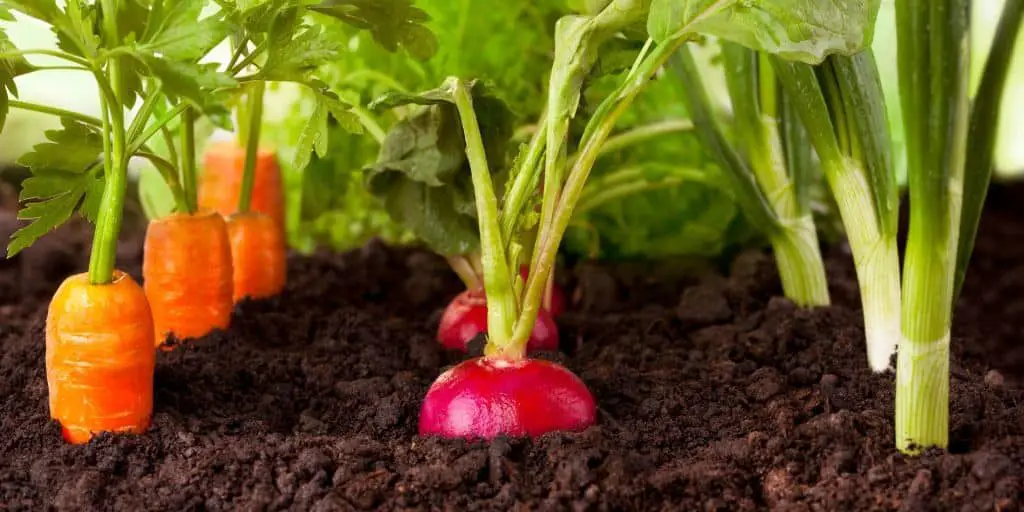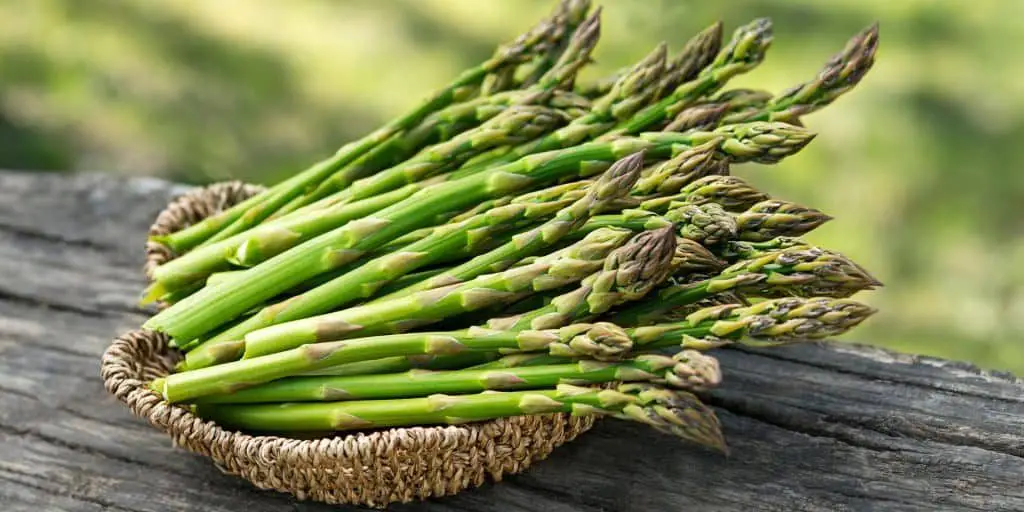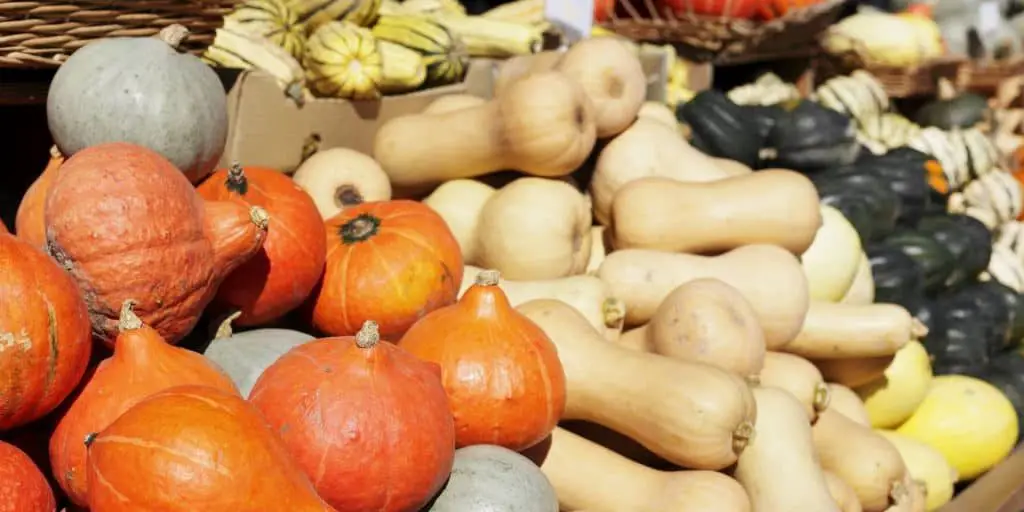
Companion Planting
Welcome to the magical world of companion planting! Did you know that certain vegetables can actually help each other grow better when planted together? It’s true! By strategically placing certain veggie companions in your garden, you can increase your harvest, deter pests, and even improve the flavor of your produce. So grab your gardening gloves and let’s dive into the fascinating world of companion planting vegetables!
Companion planting is a fun and effective way to get the most out of your garden. By planting certain vegetables next to each other, you can see all sorts of benefits.
One of the biggest benefits of companion planting is that it can help deter pests. Some plants have strong smells that bugs and other pests just don’t like. For example, planting marigolds next to your tomatoes can help keep the tomato worms away. Basil is another great plant to have around because it can help keep mosquitoes at bay.
Another benefit of companion planting is that it can help improve the flavor of your produce. For example, planting basil next to your tomatoes can give them a nice, fresh taste. Cabbage and dill also make a great pair because the dill helps enhance the flavor of the cabbage.
Not only can companion planting improve the taste and deter pests, but it can also help the overall health of your plants as they grow. Some plants, like beans and peas, enrich nitrogen in the soil as they grow. This means they add nitrogen to the soil, which is a key nutrient that all plants need to grow. When you plant these nitrogen-fixing plants next to plants that need a lot of nitrogen, like leafy greens, it can help them grow faster and stronger.
Finally, companion planting can also help you save space in your garden. Some plants, like pole beans and corn, can grow tall and take up a lot of room. But if you plant a shorter plant, like lettuce, at the base of the beans or corn, you can save space and get two crops in the same area.
There are also some plants that should not be placed together when using the companion planting method. Here are a few examples:
- Garlic and beans: Garlic can inhibit the growth of beans, so it’s best to plant these vegetables in separate areas of the garden.
- Dill and tomatoes: These plants can actually interfere with the growth of each other, so it’s best to keep them apart.
- Radishes and lettuce: Radishes grow quickly and can shade out lettuce, causing it to bolt (produce flowers and seeds prematurely).
- Fennel and just about everything: Fennel can inhibit the growth of many other plants, so it’s best to plant it on its own or in an area where it won’t affect other plants.
These are just a few examples, but it’s always a good idea to do some research before planting to make sure you are pairing the right plants together. It’s also important to keep in mind that every garden is different, so what works in one garden may not work in another.
Well, there you have it! The magical world of companion planting. With a little bit of planning and some strategic vegetable placement, you can increase your harvest, deter pests, and even improve the flavor of your produce. So go out there and get planting, my gardening friends! Just remember to keep those pesky garlic and beans away from each other, or you might have a vegetable feud on your hands. And whatever you do, don’t let the fennel take over your whole garden. Trust me, it’s not worth the trouble. Happy gardening!
